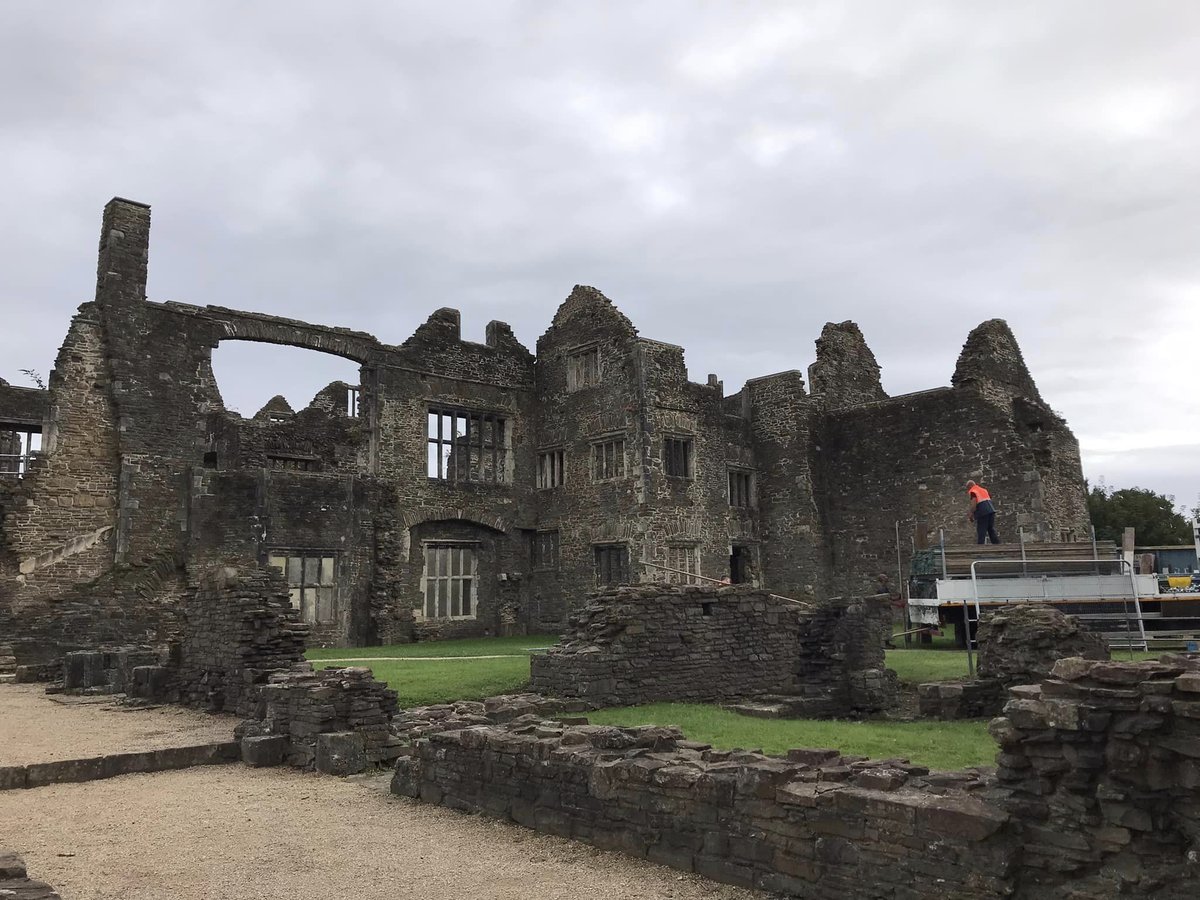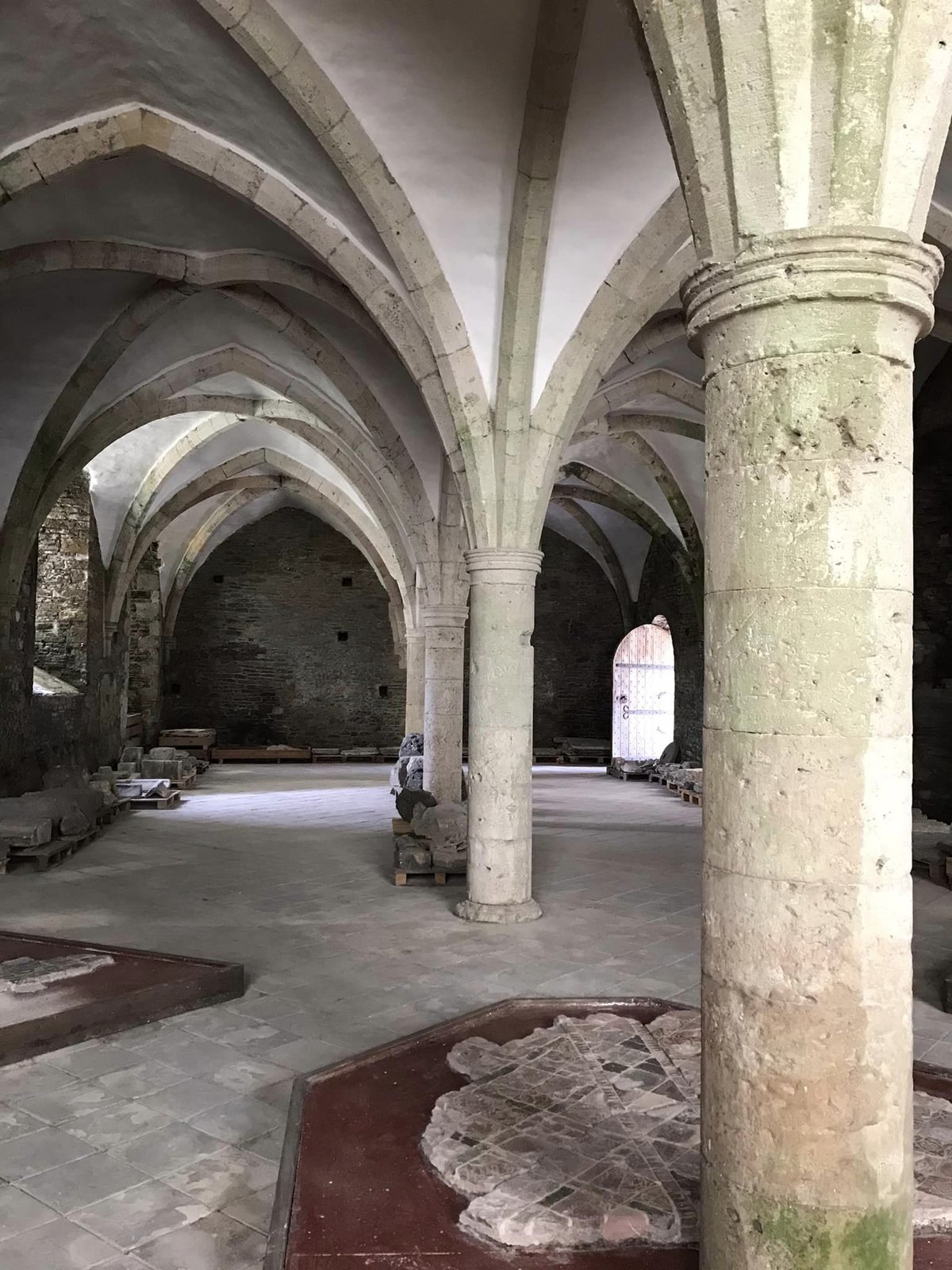Neath Abbey's secret room reopened for one-off Choral Evensong
A hidden room under the ruins of Neath Abbey was the setting of a special Choral Eucharist service last month.

The Afon Nedd Ministry Area organised the historic event after a meeting with Cadw, the organisation who protect Wales' historic locations, to explore the ruins of Neath Abbey for an outdoors Songs of Praise event.
Plans changed when they set foot in the Abbey's under croft. Once a monastic day room, the under croft is now recognised as one of the most memorable monastic rooms in Wales because it has one of the largest and finest collections of medieval floor tiles in Wales

The Reverend Ali Reeves, Vicar in the Afon Nedd Ministry Area, says, "The ruins of Neath Abbey are within our Ministry Area. Many years ago, there used to be a Churches Together ecumenical walk to Neath Abbey for an open-air service and we thought an outdoor Songs of Praise would be a good idea.
It's nice to think that maybe the last people to sing there were the monks prior to the dissolution of the Abbey
"We arranged to meet a representative of Cadw and he asked if we would like to see the under croft. The room is usually kept locked, and the key is wonderful! When we went in, Rev. Lynda and I were blown away and thought it would be a wonderful place to sing Evensong. We are ever so grateful that Cadw allowed us to host a Choral Eucharist in what is known as Wales' fairest abbey.
"We don't know for sure, but it was nice to think that maybe the last people to sing there were the monks prior to the dissolution of the Abbey."
History of Neath Abbey
Neath Abbey occupies a special place in the history of Wales, having been a major ecclesiastical monastic site, an impressive Tudor secular house and a centre of early industrial activity.
Successive Welsh rebellions damaged the abbey and its estates, but it recovered more strongly on each occasion and reached its greatest and most developed heights immediately before its suppression in 1539, when John Leland judged it to be the ‘fairest abbey in all Wales.'
In the early twentieth century the site was extensively excavated before being placed into state care in 1944 and state ownership in 1949.

The dormitory under croft (monastic day room) is one of the most important and memorable monastic rooms in Wales. It is noteworthy not only because of the room’s pure and beautiful mid-thirteenth-century architecture, but also because it contains:
- One of the largest and finest collections of medieval floor tiles in Wales (c. 1340) displaying an important array of heraldry, tracery patterns and other motifs;
- An important assemblage of carved stone from the site including two fine vaulting bosses from nave of the Decorated abbey church and an early medieval inscribed stone (8th/9th and 9th/10th century) that may provide evidence of earlier ecclesiastical activity on the site;
- An effigy, thought to be Abbot Adam of Carmarthen, under whom the rebuilding of the abbey church began around 1280.